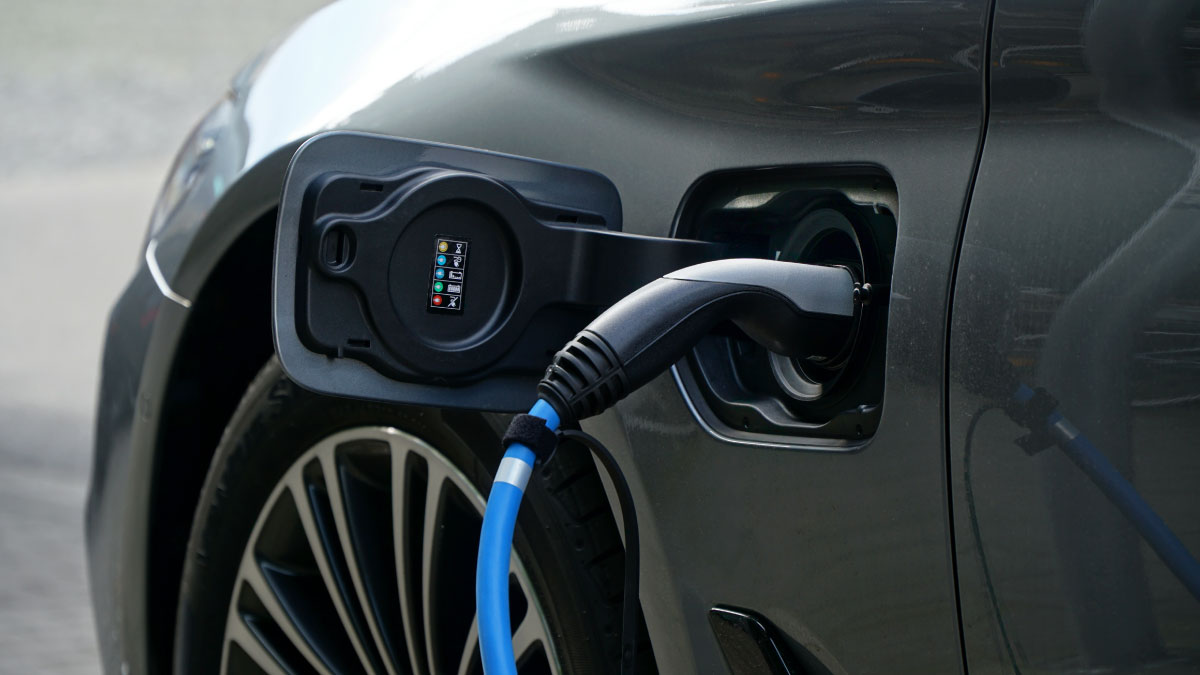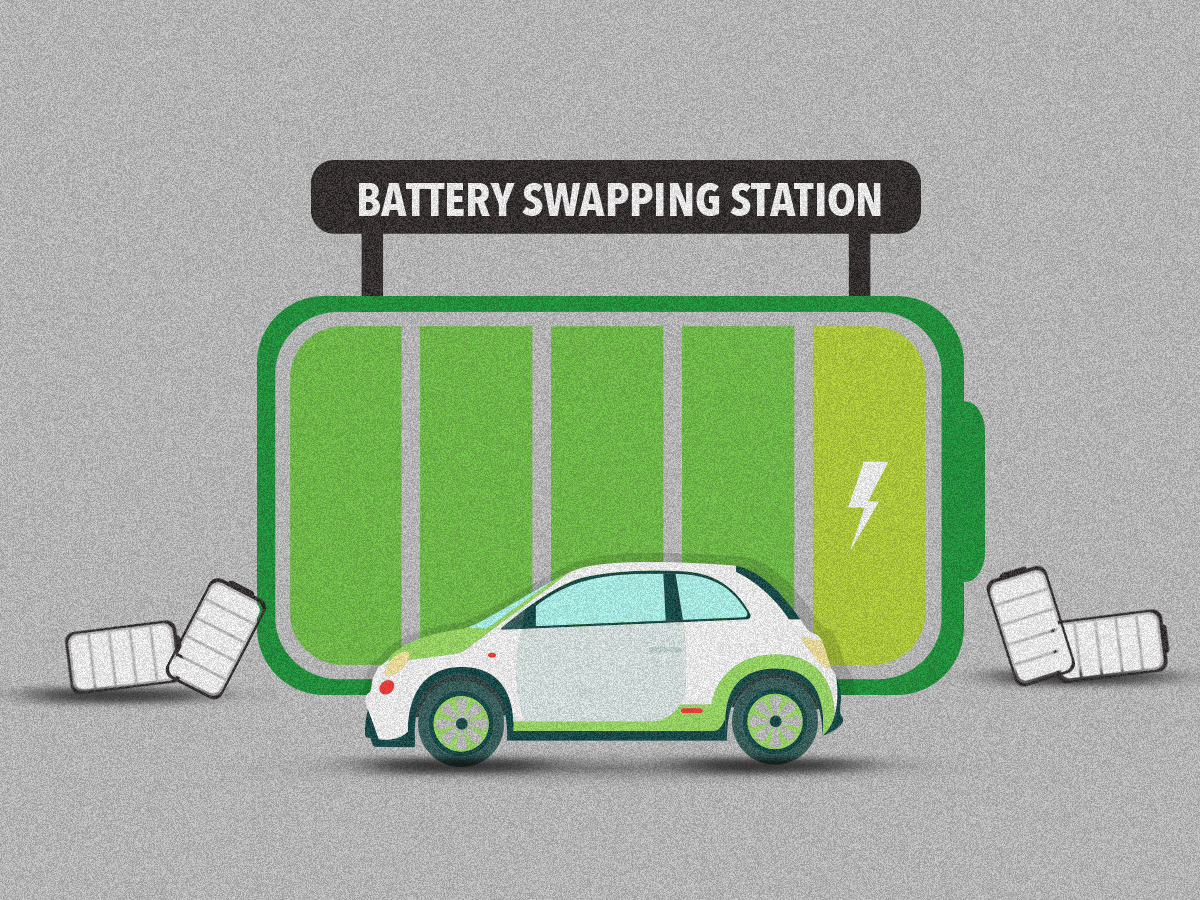Electric vehicles: ways to lead the change when it comes to battery swapping

Electric vehicles: ways to lead the change when it comes to battery swapping
Many industry manufacturers and solution suppliers are working on ways to make electric cars more inexpensive, easier to charge, and economical to drive in today’s time. Battery switching is one such solution that provides all of these benefits to fleet operators. As the name implies, battery swapping technology is a manner through which a user may switch a battery to keep the car functioning.
A switching station situated in a specific area consists of numerous batteries that are continually charged. An EV user may find a swapping station, exchange the depleted battery with a charged one, charge the empty battery, and drive to work. Battery swapping technology has expanded the options available to fleet owners who want to keep their cars operating without having to worry about charging time.
EV users utilize battery switching to replace exhausted batteries with charged ones at swap stations. It aids in the resolution of the problem of charging station installation while also reducing driver range anxiety. Aside from that, battery leasing can assist EV owners to save money on the expense of buying a battery. It takes the least amount of time and infrastructure to charge at a battery station, which might take hours.
According to the study, more than 12 million tonnes of lithium-ion batteries are expected to be retired by 2030. It requires environmentally friendly raw materials like lithium, nickel, and cobalt.
Batteries generate a lot of electronic trash when they die. Many industry participants are researching ways to recycle dead batteries and extract important metals on a large scale to maintain resources in circulation and minimize dependency on mining. We should work on a better approach to keep the battery in use for longer in other industries.
Battery costs presently account for 40-70 per cent of the initial cost of an electric car. If these batteries are decoupled and sold individually, it can assist to move the initial cost to the energy operator’s network, hence shifting the cost of ownership to operations.
Battery swapping and interoperability can play an important part in this since they assist to create the supply chain network to enhance EV adoption, which will result in a speedier transition.

There are two objectives for modern mobility solutions: technological transition and mobility as a function. We require an aggressive aim with a good roadmap for battery swapping to help improve this environment.
- Make use of common battery technology: Battery switching will be simplified by standard battery design features such as pack size, cavity, electric power control unit, and output performance per unit. These breakthroughs act as catalysts for obtaining economies of scale faster.
- Recycling of EV Batteries: Battery recycling is a significant possibility for India. Batteries that are switched can be manufactured with a recycling-friendly design to make reusing easier. Manufacturing and then recycling the batteries of these EVs with recycled materials will reduce sourcing, lowering vehicle unit costs.
- Battery-as-a-service (BaaS): Battery should be seen as a service sector, similar to liquefied petroleum gas or other functional batteries. To subsidize per-kilometre operations rather than the purchase cost, the incentives must be extended to battery units. Gross-cost financing models, as well as standard operating procedures for energy operators, can aid in the exploration of financially feasible options.
- The subscription model of Battery Swapping: BaaS can be made available to users on a subscription basis to win their trust and increase their confidence in its availability.
- Building trust: In the changing of electric vehicle batteries, it’s critical to define the value-chain propositions for customers, drivers, energy providers, city governments, and financial institutions. Many startups and large EV manufacturers should concentrate on the inventory of prior existing modes, land infrastructure, parking places, charging infrastructure spaces, and city EO networks.
- To deploy intelligent transportation systems technology, the following steps must be taken: using and promoting the use of digital applications that use databases to aid in the human-to-machine and machine-to-machine interface, which helps to increase EV and battery swapping station usage, traction, and ensure efficient operations, safety detection, seamless delivery, and improved convenience in the EV ecosystem.
Electric car usage and adoption are increasing rapidly across the world. According to industry standards, an EV costs more than its ICE counterpart, with the battery pack accounting for at least half of the cost.

Many manufacturers sell batteries separately from vehicles, lowering the cost. In that instance, a fleet owner can purchase vehicles without batteries and power them using battery switching, lowering the original cost.
One of the greatest impediments to purchasing EVs is range anxiety and the dread of the battery running out of juice without being able to find a charging station. Compared to gasoline or diesel vehicles, EV charging stations are few, which adds to range anxiety, especially when commuting long distances.
There are one or two charging stations accessible, and the charging method is comparable to that of charging mobile batteries. The greatest and fastest charger will recharge the battery to 80 per cent in over an hour, which is a long time given petrol pumps can fill a tank in 5 minutes. When using a switching station, all one has to do is find one and go change the depleted battery with a fresh one.
Our government is also striving to solve this problem by finalizing the battery swapping program’s incentives. The policy is primarily focused on battery swap services for three-wheeled auto-rickshaws and two-wheelers like electric scooters and motorbikes. Electric vehicle owners will receive up to a 20% discount on the cost of the battery subscription or lease under the scheme.
In India, battery switching technologies are not yet widely employed, and charging is favoured. In the post-transition era, battery swapping is a great option for fuelling cars.

Swappable batteries are not just small but also alleviate range and availability concerns. However, to ensure flawless operations, it will match the existing network of fueling stations. Many private sector investments may be exploited for supply chain network operations and energy operator maintenance.
The battery swapping and energy operator network are now considered service segments. The exchange stations’ ability to operate depends on the availability and connection of this energy infrastructure. As a result, establishing viable business models that can be used to move this initial expense to the cost of maintaining an EV is critical.
edited and proofread nikita sharma




